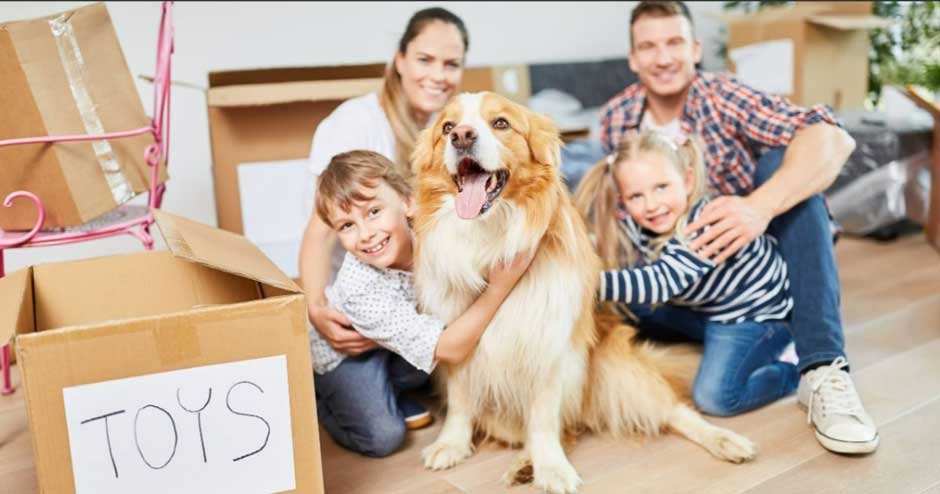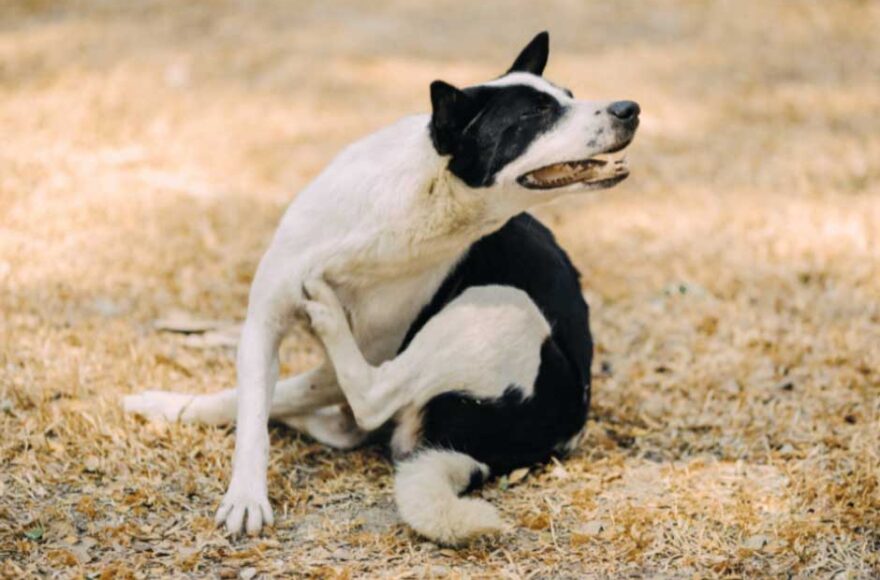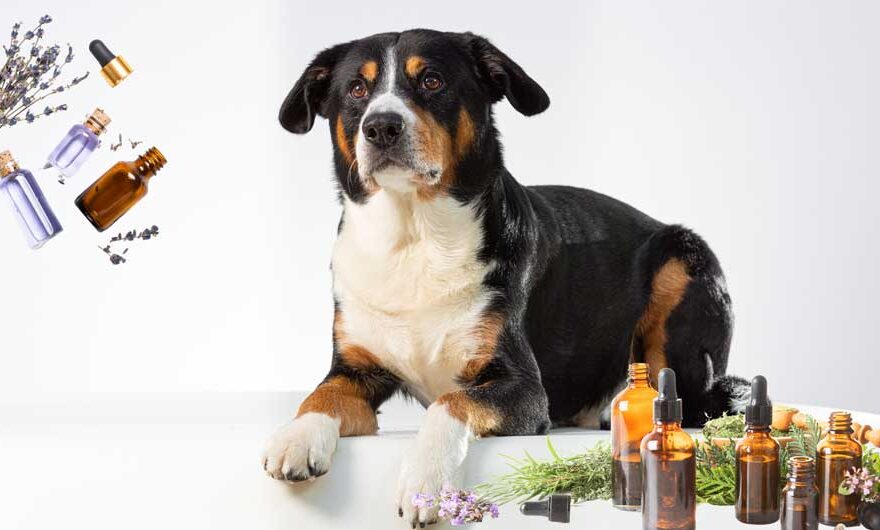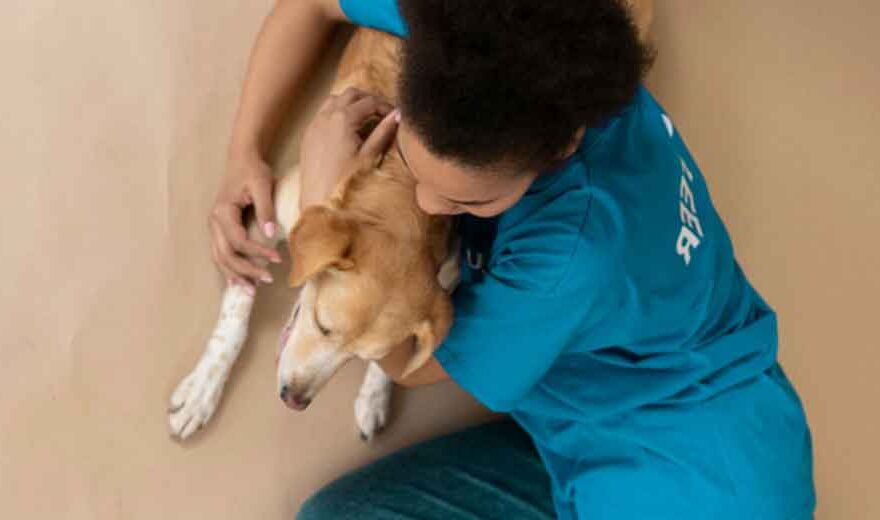The Safety Hazards Most Families Overlook When Moving with Pets

Even though moving is tough for families, it becomes much more challenging when pets are part of the process, notes Avalon Management Cobb County. The concentration on packing and getting organized usually makes people ignore their pets’ needs. When there are changes or upsets, pets react differently. If their parents aren’t careful, they might run into dangerous situations. A lot of these dangers are found out only after something bad has already happened. This is why families should always pay attention and use precaution. Knowing about dangerous situations can help people reduce accidents and move smoothly, together with their pets.
Household Hazards During Packing
Often, people forget that moving around many things can make the home less organized and safer than usual. With new boxes everywhere and furniture in different places, pets have an exciting but hard time finding their way around. Some animals will fit into tiny areas, and some will either fall over wires or chew things they’re not allowed to. Sharp items might end up outside as you quickly organize your boxes, and boxes filled with your stuff could fall when you move. Make sure some places in the house are off-limits to pets as you pack to reduce the risks.
Besides stuff that’s messy, lots of cleaning products and materials can create more health hazards. Pets can view bubble wrap, plastic wrap, tape, and cardboard as playthings, but they could get seriously sick if they eat them. These products should always be closed or supervised, since people usually use them more often when moving. While packing up the home, you should focus on pet-proofing it as much as you would when your pet is first living there.
The Importance of Professional Help
Professionals can take care of your pets and reduce the negative aspects of moving for them. An experienced Edmonton moving company, for example, will understand the need to work around animals and can help streamline the process. Most families believe movers exist just to lift large objects, yet they can also make the process simpler and more peaceful for the pets. You should clearly go over your pets’ requirements with the movers to ensure both you and the pets are safe.
Proper planning and being aware of hazards are the main things needed to ensure pets are safe during a move. Logistics may get us distracted, but being aware of possible hazards helps a lot. Keeping safety in mind and with a little help from experienced people, families can relocate their pets without them being endangered.
Dangers on Moving Day
There are additional safety issues that come up when the time for moving arrives. With all the activity around opening and closing doors, pets have more chances of running away. Some animals can still get spooked by the shouted instructions and stir when movers handle furniture and boxes at home. Facing too much stress, pets might become unpredictable and try to hide from their owners. Keeping pets inside a safe room or at the vet’s office is the best way to keep them protected from danger.
Moving also involves a lot of noise and heavy carrying of goods. When moving big objects, passing pets can be threatened by injury. Workers usually concentrate on their job and may not see a pet before it is too late. Because animals don’t comprehend such events, they might get anxious and have a higher risk of getting harmed. Being in a soothing environment helps pets avoid any dangers that might knock them off balance.
Risks During Travel
Traveling to the new home introduces additional safety hazards. Securing your pet well is necessary if you use a car or other means to travel. Allowing pets to move around your car while you’re driving can mean extra distractions and creates more risks if you are in a collision. Whether a person is traveling long distances or not, carriers or seat belt harnesses should never be ignored. Prepare to keep your pet safe when you stop with appropriate spots and avoid leaving an animal in a parked vehicle.
You should make sure to have food, water, and medication at hand for the trip. A major lifestyle change for pets can result in stress, which may make them unwilling to eat or drink. The presence of familiar items can make a person feel more comfortable. If animals have current identification tags and their microchips are registered, they are even safer if lost while traveling.
Hidden Dangers in the New Home
Even once you have arrived at your new place, you should remember that dangers are still around. Your pet is exploring a place they have never seen before, so they can put themselves at risk. A person can get hurt, like getting bitten by an insect, if they grab the shelf and are not careful. Do a thorough check of your house before letting your pets wander about. Take away any old trash from prior occupants, and also make sure that the doors, gates, and fences are properly in place.
It takes pets some time to get used to a new home, and this may make them behave in unusual ways. Some cats choose to hide inside appliances, while dogs could be extra destructive by chewing or digging. It is necessary to monitor them carefully in the beginning. With time, your pet will start exhibiting fewer worries, but being aware of hazards in the beginning protects your pet and keeps them home.


